Hampton hump
Citation, DOI, disclosures and article data
At the time the article was created Jens Christian Fischer had no recorded disclosures.
View Jens Christian Fischer's current disclosuresAt the time the article was last revised Mostafa Elfeky had no financial relationships to ineligible companies to disclose.
View Mostafa Elfeky's current disclosures- Hampton's hump
Hampton hump refers to a dome-shaped, pleural-based opacification in the lung most commonly due to pulmonary embolism and lung infarction (it can also result from other causes of pulmonary infarction (e.g. vascular occlusion due to angioinvasive aspergillosis).
Although uncommon, it can be seen along with several other described signs of pulmonary embolus on chest radiography.
While a pulmonary embolism is expected to result in a wedge-shaped infarction, the expected apex of this infarction may be spared because of collateral supply from the bronchial arterial circulation, leading to the characteristic rounded appearance of a Hampton hump.
Opacification occurs secondary to hemorrhage due to the dual blood supply from the bronchial arteries 1 (see lung infarction). In the case of infarction, it takes months to resolve, and it often leaves a linear scar.
If the underlying parenchyma does not undergo infarction, the Hampton hump will resolve within a week by keeping its typical configuration. This is referred to as the melting sign because its resolution resembles a melting ice cube 2.
History and etymology
It was originally described in 1940 by Aubrey Otis Hampton (1900-1955) 3, an American radiologist.
See also
References
- 1. Frazier AA, Galvin JR, Franks TJ et-al. From the archives of the AFIP: pulmonary vasculature: hypertension and infarction. Radiographics. 20 (2): 491-524. Radiographics (full text) - Pubmed citation
- 2. Webb WR, Higgins CB. Thoracic Imaging: Pulmonary and Cardiovascular Radiology, North American Edition. Lippincott Williams & Wilkins. (2010) ISBN:1605479764. Read it at Google Books - Find it at Amazon
- 3. Schatzki R, Lingley JR. Aubrey O. Hampton, 1900-1955. The American journal of roentgenology, radium therapy, and nuclear medicine. 75 (2): 396-7. Pubmed
Incoming Links
- Hampton hump
- Hampton hump of pulmonary embolus
- Saddle pulmonary embolism with right heart strain and pulmonary infarction
- Bilateral pulmonary emboli with Hampton hump sign
- Pulmonary embolism with lung infarcts
- Segmental pulmonary thromboembolism
- Pulmonary emboli and lung infarction with Hampton hump
- Pulmonary embolism with Hampton's hump
- Pulmonary infarction secondary to segmental artery thrombosis
- Pulmonary embolism with Hampton hump
- Hampton humps: on MRI
- Pulmonary embolism with lung infarction
- Pulmonary haemorrhage
Related articles: Chest
- imaging techniques
-
chest radiograph
- radiography[+][+]
-
approach
- ABCDE
- ABCDEFGHI
- congenital heart disease
- medical devices in the thorax
- common lines and tubes[+][+]
- nasogastric tubes
- endotracheal tubes
- central venous catheters
- esophageal temperature probe
- tracheostomy tube
- pleural catheters
- cardiac conduction devices
- prosthetic heart valve
- review areas
-
airspace opacification[+][+]
- differential diagnoses of airspace opacification
- lobar consolidation
-
atelectasis
- mechanism-based
- morphology-based
- lobar lung collapse
- chest x-ray in the exam setting[+][+]
- cardiomediastinal contour[+][+]
- chest radiograph zones[+][+]
- tracheal air column[+][+]
- fissures[+][+]
- normal chest x-ray appearance of the diaphragm[+][+]
- nipple shadow[+][+]
-
lines and stripes[+][+]
- anterior junction line
- posterior junction line
- right paratracheal stripe
- left paratracheal stripe
- posterior tracheal stripe/tracheo-esophageal stripe
- posterior wall of bronchus intermedius
- right paraspinal line
- left paraspinal line
- aortic-pulmonary stripe
- aortopulmonary window
- azygo-esophageal recess
- spaces[+][+]
- signs
- air bronchogram
- big rib sign
- Chang sign
- Chen sign
- coin lesion
- continuous diaphragm sign
- dense hilum sign
- double contour sign
- egg-on-a-string sign
- extrapleural sign
- finger in glove sign
- flat waist sign
- Fleischner sign
- ginkgo leaf sign
- Golden S sign
- Hampton hump
- haystack sign
- hilum convergence sign
- hilum overlay sign
- Hoffman-Rigler sign
- holly leaf sign
- incomplete border sign
- juxtaphrenic peak sign
- Kirklin sign
- medial stripe sign
- melting ice cube sign
- more black sign
- Naclerio V sign
- Palla sign
- pericardial fat tag sign
- Shmoo sign
- silhouette sign[+][+]
- snowman sign
- spinnaker sign
- steeple sign
- straight left heart border sign
- third mogul sign
- tram-track sign
- walking man sign
- water bottle sign
- wave sign
- Westermark sign
- HRCT[+][+]
-
chest radiograph
- airways[+][+]
- bronchitis
- small airways disease
-
bronchiectasis
- broncho-arterial ratio
- related conditions
- differentials by distribution
- narrowing
-
tracheal stenosis
- diffuse tracheal narrowing (differential)
-
bronchial stenosis
- diffuse airway narrowing (differential)
-
tracheal stenosis
- diverticula
- pulmonary edema[+][+]
-
interstitial lung disease (ILD)[+][+]
- Anti-Jo-1 antibody-positive interstitial lung disease
- drug-induced interstitial lung disease
-
hypersensitivity pneumonitis
- acute hypersensitivity pneumonitis
- subacute hypersensitivity pneumonitis
- chronic hypersensitivity pneumonitis
- etiology
- bird fancier's lung: pigeon fancier's lung
- farmer's lung
- cheese workers' lung
- bagassosis
- mushroom worker’s lung
- malt worker’s lung
- maple bark disease
- hot tub lung
- wine maker’s lung
- woodsman’s disease
- thatched roof lung
- tobacco grower’s lung
- potato riddler’s lung
- summer-type pneumonitis
- dry rot lung
- machine operator’s lung
- humidifier lung
- shower curtain disease
- furrier’s lung
- miller’s lung
- lycoperdonosis
- saxophone lung
-
idiopathic interstitial pneumonia (mnemonic)
- acute interstitial pneumonia (AIP)
- cryptogenic organizing pneumonia (COP)
- desquamative interstitial pneumonia (DIP)
- non-specific interstitial pneumonia (NSIP)
- idiopathic pleuroparenchymal fibroelastosis
- lymphoid interstitial pneumonia (LIP)
- respiratory bronchiolitis–associated interstitial lung disease (RB-ILD)
- usual interstitial pneumonia / idiopathic pulmonary fibrosis (UIP/IPF)
-
pneumoconioses
- fibrotic
- non-fibrotic
-
lung cancer[+][+]
-
non-small-cell lung cancer
-
adenocarcinoma
- pre-invasive tumors
- minimally invasive tumors
- invasive tumors
- variants of invasive carcinoma
- described imaging features
- adenosquamous carcinoma
- large cell carcinoma
- primary sarcomatoid carcinoma of the lung
- squamous cell carcinoma
- salivary gland-type tumors
-
adenocarcinoma
- pulmonary neuroendocrine tumors
- preinvasive lesions
-
lung cancer invasion patterns
- tumor spread through air spaces (STAS)
- presence of non-lepidic patterns such as acinar, papillary, solid, or micropapillary
- myofibroblastic stroma associated with invasive tumor cells
- pleural invasion
- vascular invasion
- tumors by location
- benign neoplasms
- pulmonary metastases
- lung cancer screening
- lung cancer staging
-
non-small-cell lung cancer






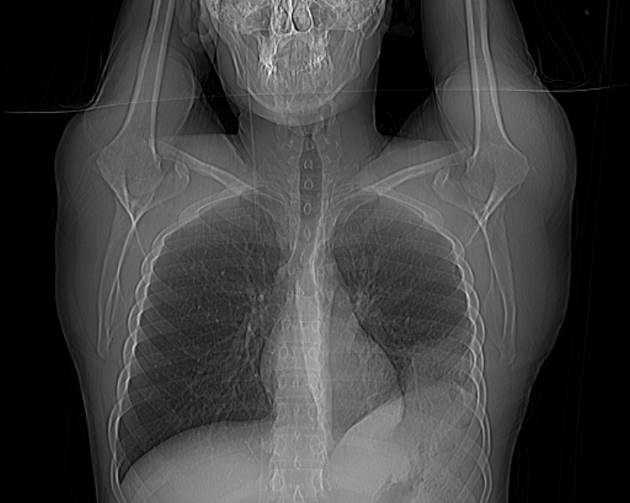
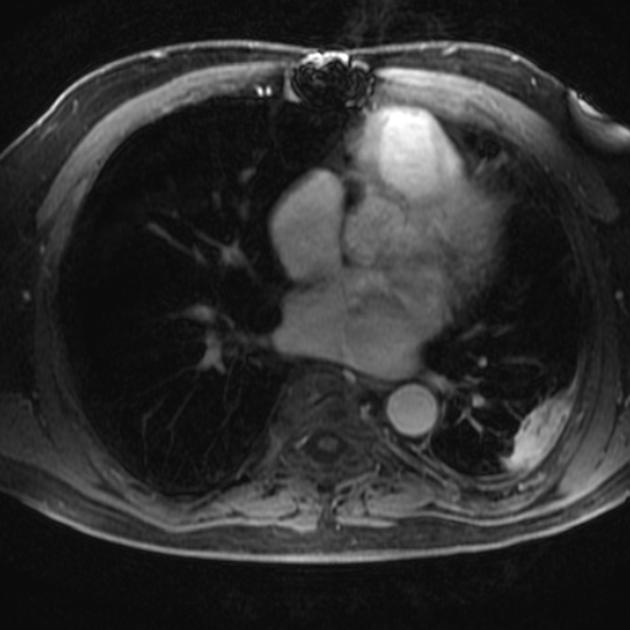
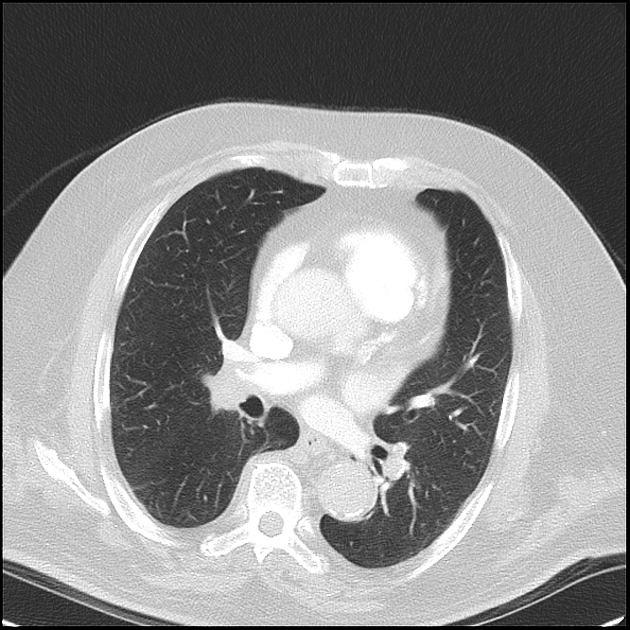
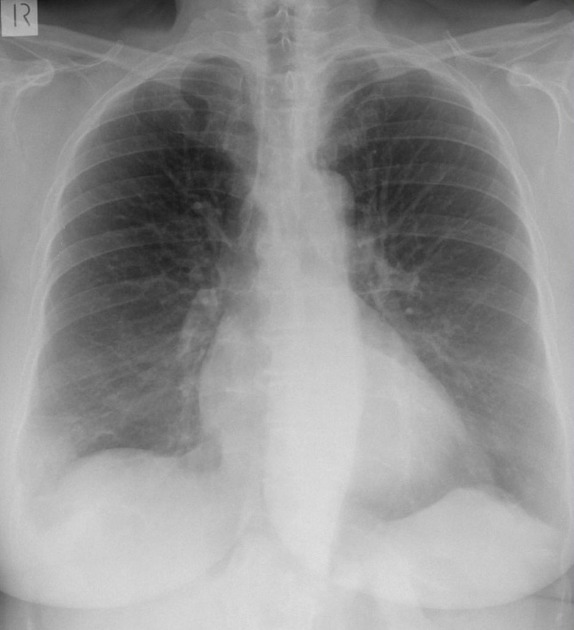
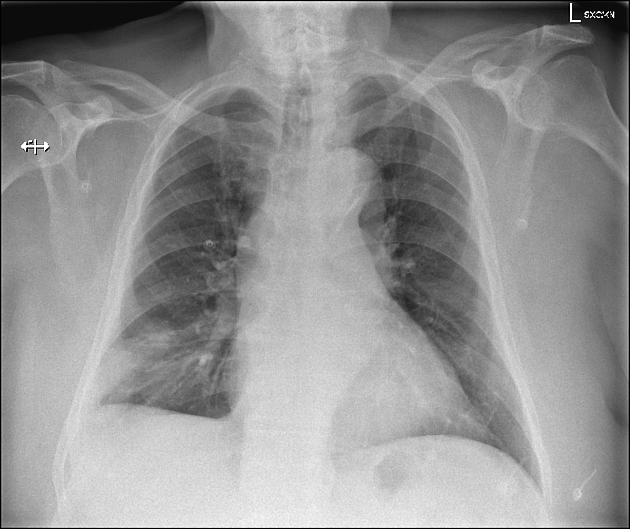
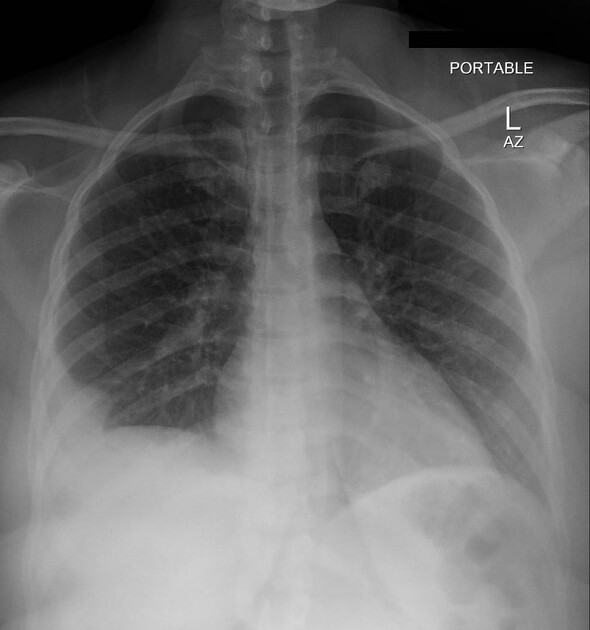


 Unable to process the form. Check for errors and try again.
Unable to process the form. Check for errors and try again.